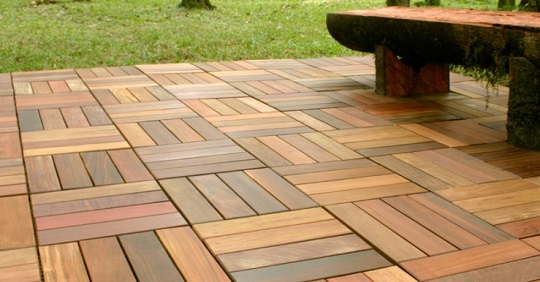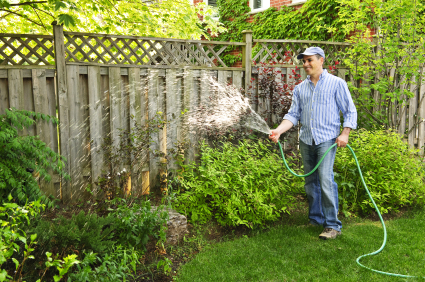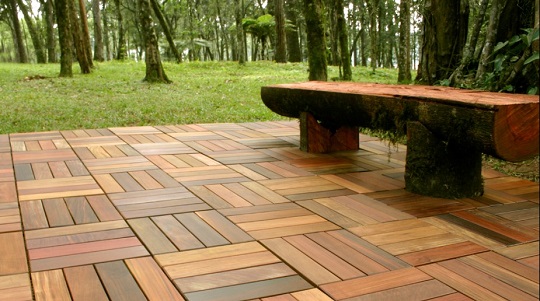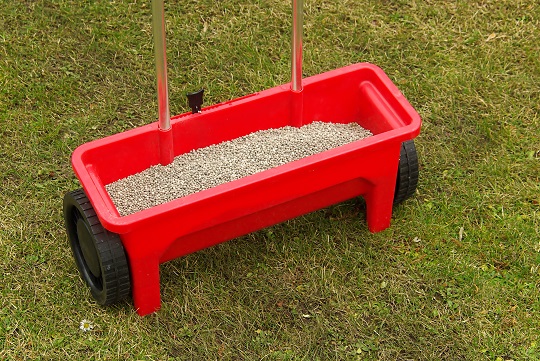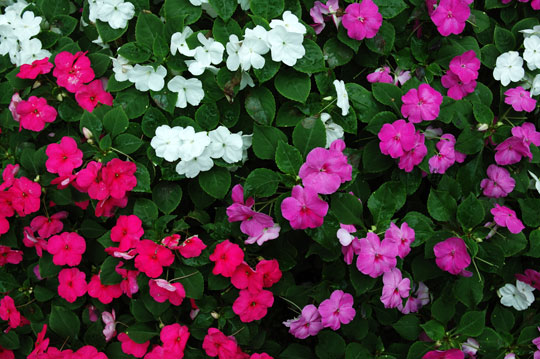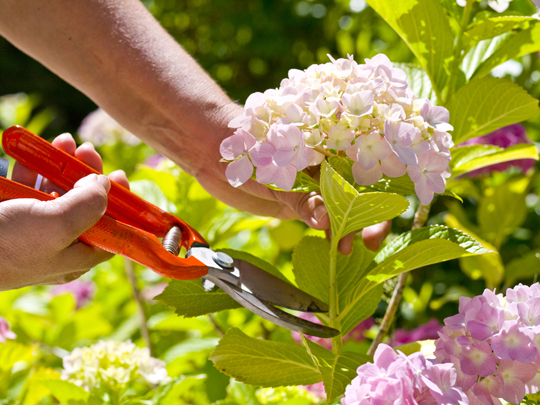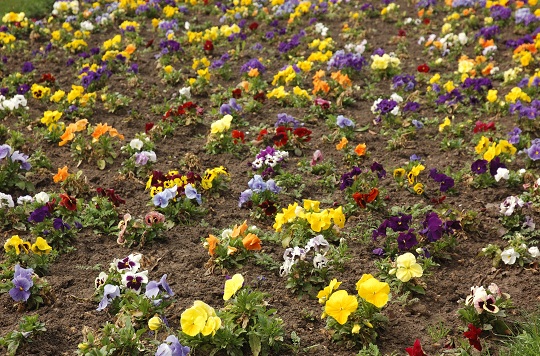Teak wood is a great material for landscaping projects, including outdoor flooring. Its visual appeal and sturdiness recommend it as a top choice for decks, patios, verandas, and even outdoor furniture. If you’re considering changing your outdoor flooring or rebuilding your deck, and count teak among your options, here are a few things to keep in mind.
Teak Outdoor Flooring: Characteristics and Benefits
Teak is a hardwood, which is extremely durable and versatile. This is why it is widely used in outdoor applications. Teak decks have a natural elegance, which makes this material a perfect choice for outdoor spaces. Teak maintains its natural, golden-brown color through the years thanks to its natural lubrication.
Longevity
If you choose to install teak outdoor flooring, you can be sure to enjoy it for several decades. It doesn’t crack, and it’s not subjected to warping over time. It resists well to scratches, which makes it a suitable option for homes with children and pets.
Natural Finish
Due to its natural oils, teak doesn’t require treatment, and has the ability to preserve its shine through the years. You don’t need to apply any kind of finish because teak preserves its shine through the seasons.
Water Resistance
Exposure to water does not deteriorate teak, again because of its natural oils, which protect its texture. This property helps teak wood last well in rainy climates.
Pest Resistant
Unlike other types of wood, teak doesn’t get infested by termites or insects thanks to its tight pores, which are protected by its natural sealer.
Maintenance
Teak is easily maintained. Its natural ability to preserve its luster eliminates the need to apply a finish. Also, unlike other wood outdoor flooring materials, it doesn’t require sanding to restore its appearance.
Price
Teak is relatively more expensive than other materials commonly used for outdoor flooring because of its properties and high market demand. However, teak outdoor flooring is a worthwhile investment, which will preserve its value and appeal in the long run.
Get Expert Advice
Want to know more about teak outdoor flooring? Let an experienced landscaper guide you in your home improvements projects. TalkLocal will find three professionals in your area and will put you in touch with them right away.

